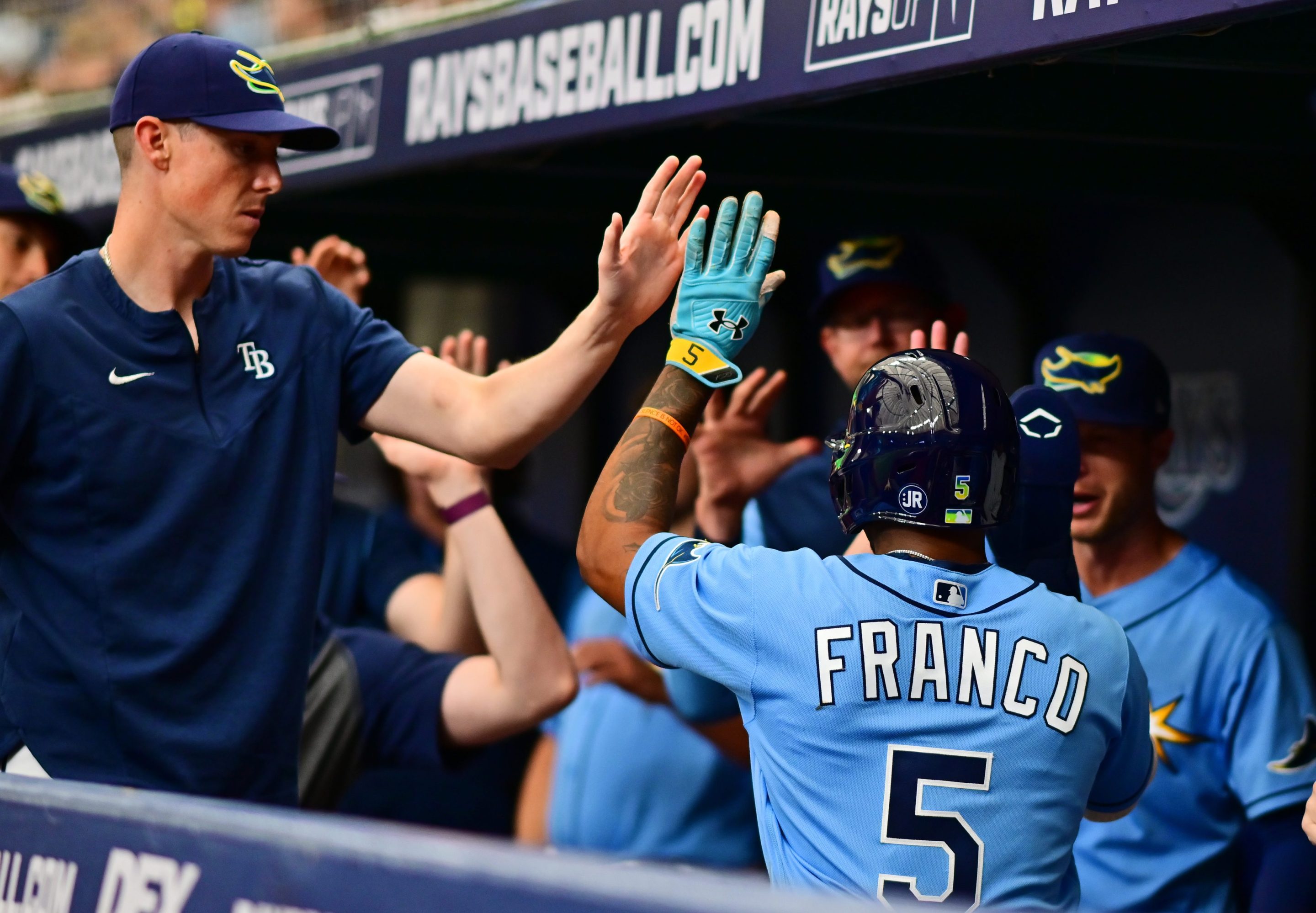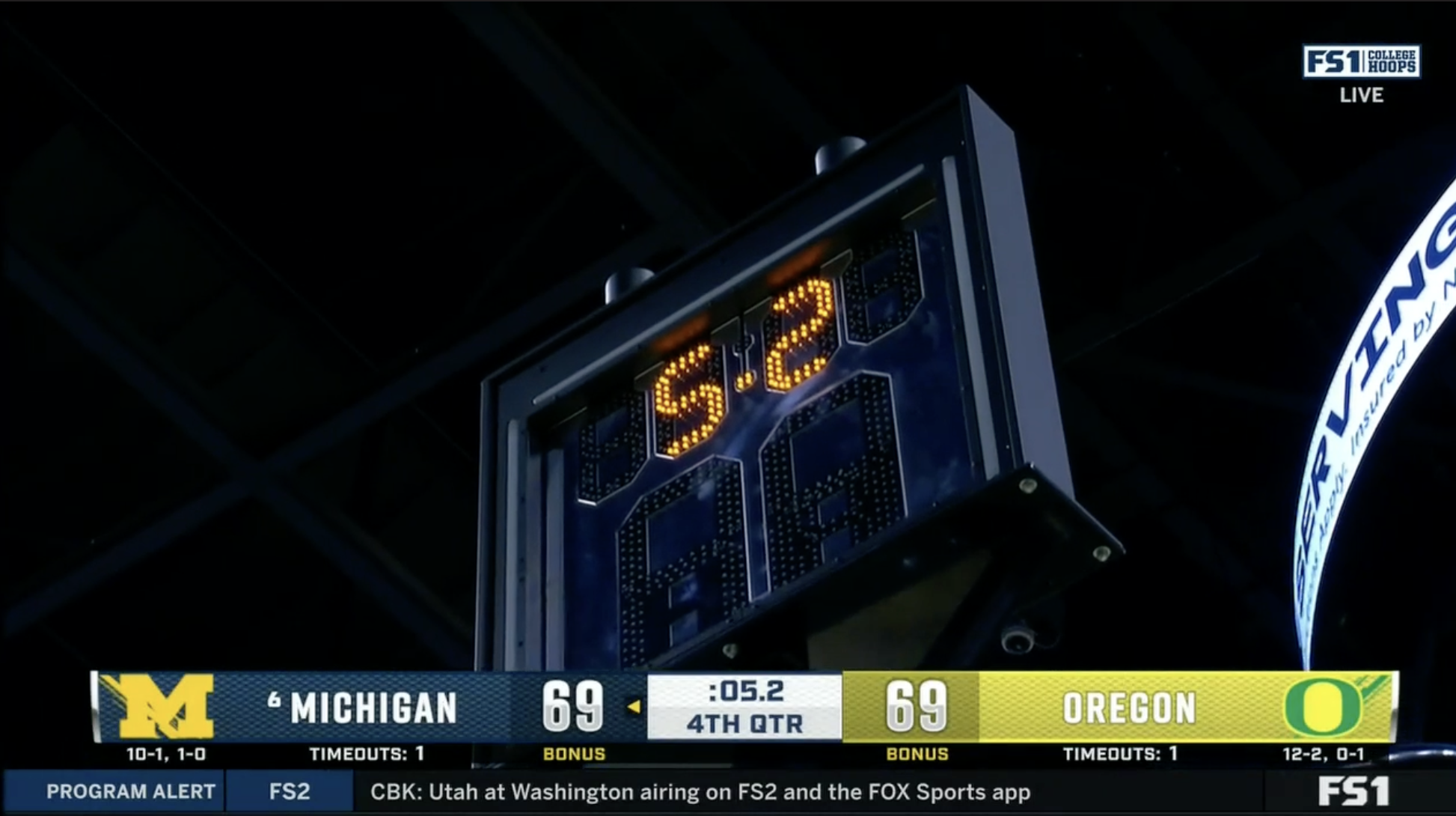Defector has partnered with Baseball Prospectus to bring you a taste of their work. They write good shit that we think you’ll like. If you do like it, we encourage you to check out their site and subscribe.
This story was originally published at Baseball Prospectus on April 12.
Few forces in the universe are stronger than the power of the media to take a story rooted in the failure of infrastructure and turn it into a heartwarming tale about overcoming adversity. Sometimes it’s a story of some teacher spending their weekends collecting school supplies by canvassing local businesses, or a kid going around collecting cans and recycling them to pay for their grandpa’s insulin. For baseball, it’s so often centered around kids from Latin America sleeping in pickup trucks for weeks, or defeating long odds just to reach America and to get thrown into a nightmare of sudden acclimation and homesickness. The tales of triumph—and the tales are, always, selectively about the triumph—disguise how bad things are that they require such triumphs, that things could just… be better, for everyone, if we wanted them to be.
A month ago, collective bargaining negotiations almost collapsed when the sides deadlocked over creating an international draft, an issue which had barely been mentioned publicly until David Ortiz and Fernando Tatis Jr. came out against the league’s proposed implementation at the eleventh hour. On the one hand, the current IFA situation is at best a corrupt mess and at worst something far more sinister; on the other, it’s a corrupt mess in large part due to the league’s inaction, and rewarding the league with their long-sought draft for fixing a crisis of their own creation is like celebrating the hero firefighter secretly working as an arsonist just offscreen. But there may not be any better way.
MLB has repeatedly won gains over the last few CBA cycles, going from a completely uncapped international free agency market to a market with an exploitable soft cap to, in the 2017-21 Basic Agreement, a hard-capped system which completely limited the amount teams could spend. The hard caps were widely seen as a prelude to an international draft, which MLB has sought for several decades now and proposed again in this round of CBA negotiations.
Since I last wrote about international free agency matters in-depth, things have continued deteriorating for the players. Verbal pre-deals, which are functionally binding for the player but give very little protection against injury or bad performance, keep accelerating the process for younger and younger kids as teams seek certainty and good deals in a zero-sum market. It is now common for teams to verbally agree with top prospects at age 12 or 13, thereby bumping the evaluation period of the top players to their pre-teen years. That’s pushed the training age to even younger players, and all of a sudden you have kids dropping out of school at 10 or 11 to train for a contract full-time. Given that PED abuse during the pre-agreement phase has also been a long-standing issue in the IFA market…well, this is all painting a very ugly picture, isn’t it?
I’m increasingly convinced that the existing IFA system is simply a humanitarian crisis that needs to be fixed at all costs. Kids—and we’re talking about elementary and middle school-aged children, not some colloquialism for older teenage prospects—are suffering and having their futures ruined in service of the international market. Do we think it’s okay to create a system where pre-teens drop out of school and begin a steroid regimen, all in the hopes of catching the eye of an international scout? I do not believe anyone can ethically argue that.
An international draft will not eliminate pre-deals entirely—they exist in the Rule 4 Draft too—but it will restrict them to a reduced time period and not with literal children. The proposed terms of the international draft include hard slotting instead of the domestic draft’s soft-slotting, so there wouldn’t even be the need to cut deals to get bonus cost certainty to manipulate a pool. There’s going to be no incentive for anyone on any side to cut a deal three to four years ahead of time, and the evaluation and training period will move back to when the players are 14 to 16 years old. Is that perfect? No, that’s still younger than I’d like, and it doesn’t solve the coercive nature of everything else happening. But it will stop the extreme child exploitation that has developed over recent years, which might be the single worst thing happening in the entire affiliated baseball diaspora.
It would be great if all of the stakeholders could divorce this issue from the labor negotiation context and agree to stop the pre-deals without making this level of structural change. But that’s clearly not going to happen as long as both sides see this as a negotiating issue, which isn’t going to change. Now its fate is tied to something veteran players really want: the elimination of the qualifying offer. Complicating matters further is that players from international free agency markets are badly underrepresented in union leadership. Even at that, the kids who are most vulnerable—the ones who don’t make it at all—have no representation in this fight; the union is self-selected to players who eventually made a 40-man roster, after all. The best “success story” out of the current system is 2017 Rays signee Wander Franco, who has already locked in hundreds of millions of dollars—and had to drop out of the sixth grade to get there.

There was a great article by Zach Buchanan the other week on The Athletic tracing the rise of Reds prospect Elly De La Cruz. Buchanan traced the parts of the story you can’t find on his player card or our scouting reports: how De La Cruz struggled to get an offer at all, signing for $65,000 after he nailed a late tryout with the Reds because he was an “older” player even though his signing period hadn’t even opened yet, and how his professional future once hinged on whether there was a bed available for him at Cincinnati’s Dominican Republic complex. And mixed in there are hints of the seedy underbelly to the international prospect scene: he left home to start training for baseball as a 6-year-old kid, and entered a training academy in Santo Domingo at just 10.
You can easily imagine how this could’ve turned out differently for De La Cruz. Maybe the Reds don’t have a bed in the complex and he never signs, just another kid who risked it all and never even got in the door. Maybe he plays poorly his first year in the DSL and gets cut. Those things happened to scores of other kids who worked just as hard and gave up just as much and never made it. You will never know their names and faces, but that doesn’t make them any less real.







